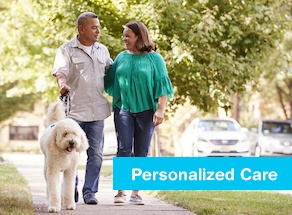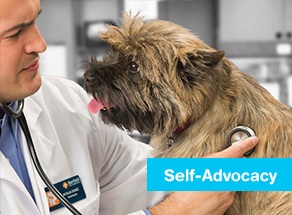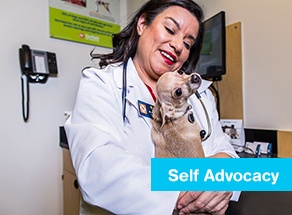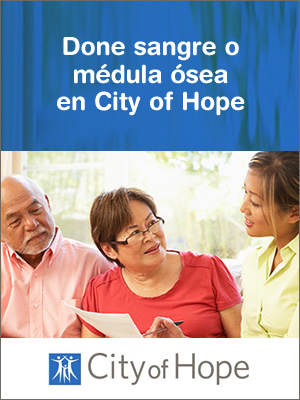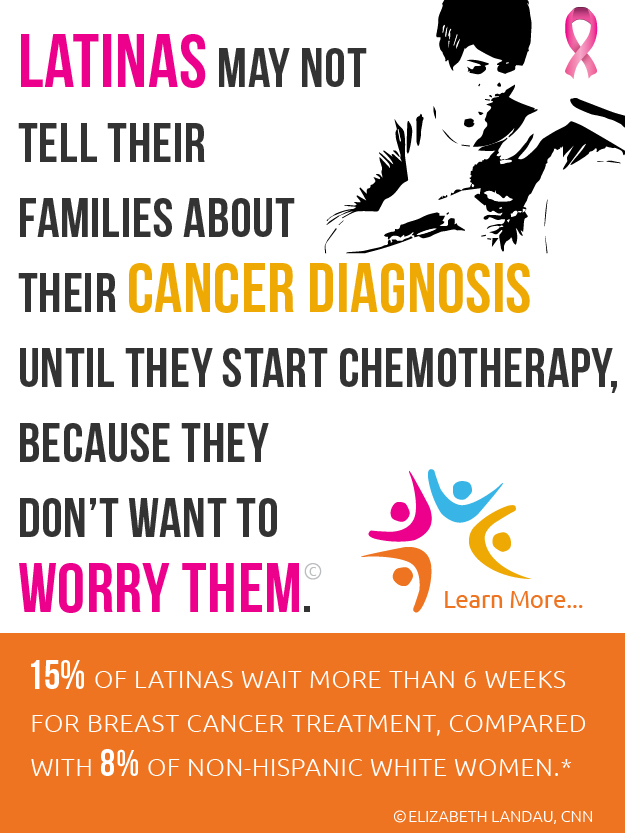Self Advocacy
HealthyHispanicLiving Provides Solutions-Focused Health Tips for Community
16/09/2015 12:00pm | 7376 viewsIn this HHL video, Dr. Raynald Samoa, Assistant Professor, Department of Diabetes, Endocrinology and Metabolism, at City of Hope, describes how the HealthyHispanicLiving provides health information with practical solutions the community can implement to ensure they live healthier lives.
Breast Cancer Awareness
Betting to Win: Survivor Story, Part 3
16/09/2015 06:00am | 18235 viewsIn parts 1 and 2, Silvia revealed her diagnosis and talked about her surgery and subsequent treatment.
Chemo and radiation were the right choice for me, I’m not sure if I would be in remission for 15 years without it. But I also made the choice not to do any reconstructive surgery. Although at the time I felt incomplete and was very self-conscious about my body, somewhere along the way that changed. As the years have gone by the deformity is like a medal of honor. I thought I would be embarrassed going to a gym or a spa. But I actually don’t care if I have a deformity. If someone asks me, I am happy to share my journey. I want my journey to be worthwhile. If someone notices one of my breasts is not whole, then maybe they will ask about it, and maybe they will talk about it with their mothers, daughters, or sisters. If it encourages one person to do a self-exam or make that dreaded mammogram appointment, I have made a difference.
Self Advocacy
Hispanic Women's Upbeat Outlook May Boost Heart Health
15/09/2015 04:28pm | 6756 viewsHispanic women tend to exercise less and fret less about their weight than white women, and their heart disease risks are also lower, a new study suggests.
Behavioral Tendencies
Calling Attention To Hispanics’ High Cholesterol Problems
15/09/2015 04:25pm | 7245 viewsNearly half of Hispanic people in the United States with high cholesterol levels aren’t aware they have the health problem and more than two-thirds who are aware aren’t being treated, a new study indicates.
Breast Cancer Awareness
8 Things About Breast Cancer Every Woman Should Know (Part 1)
10/09/2015 01:00pm | 7634 viewsIn an interview with Evie Leatham for EasyLivingMag, the singer Olivia Newton-John shares what she learned about herself and about breast cancer after being diagnosed with the disease at the age of 44 -- and how it feels to be a cancer-free thriver for the past 20 years.

